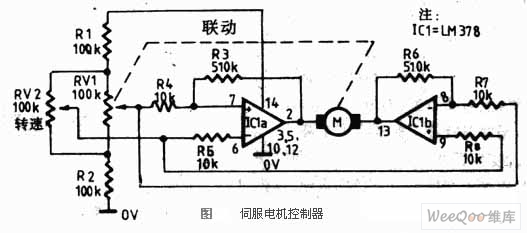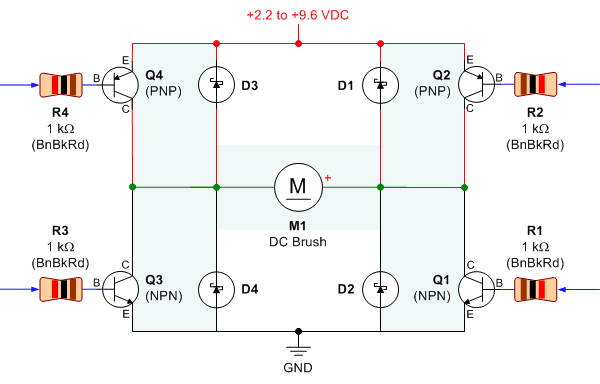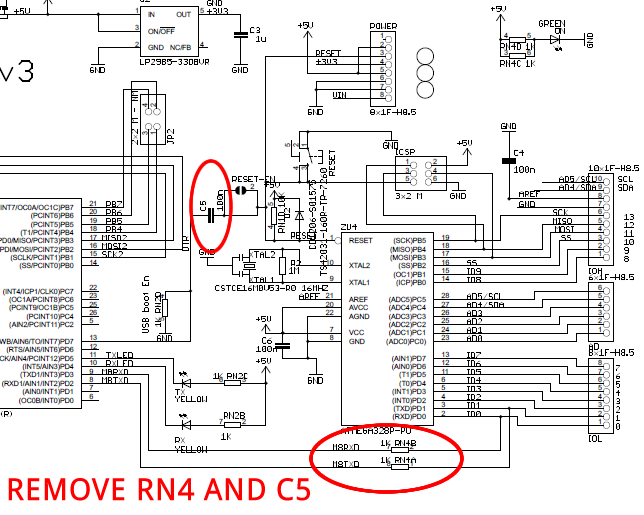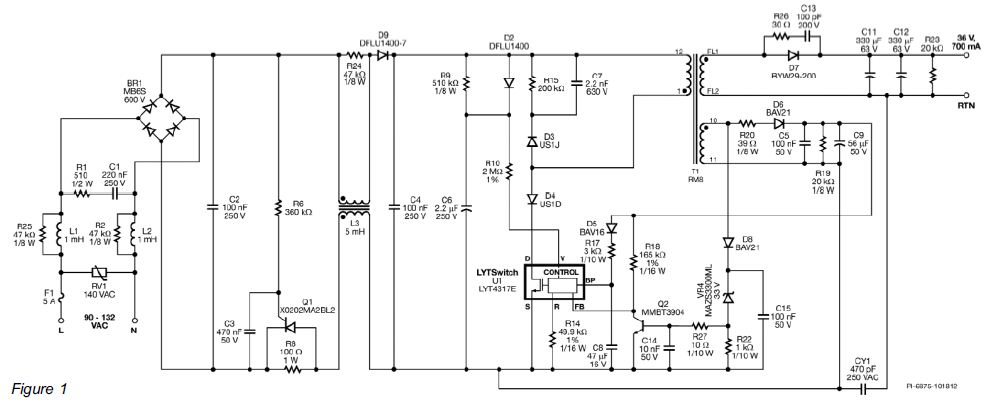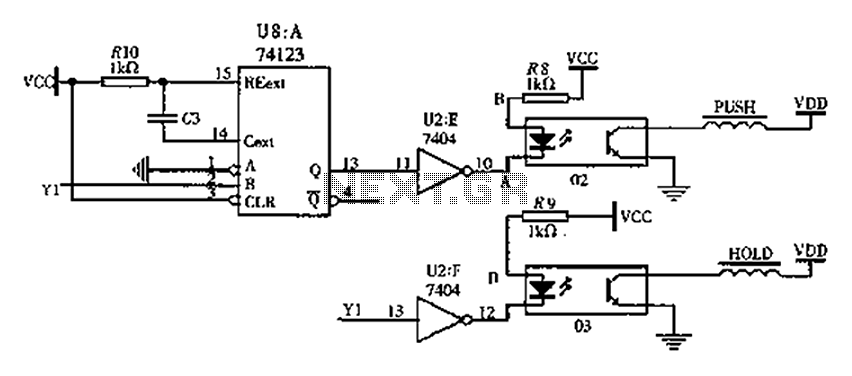
ultrasound How do I drive an ultrasonic transducer with an Arduino
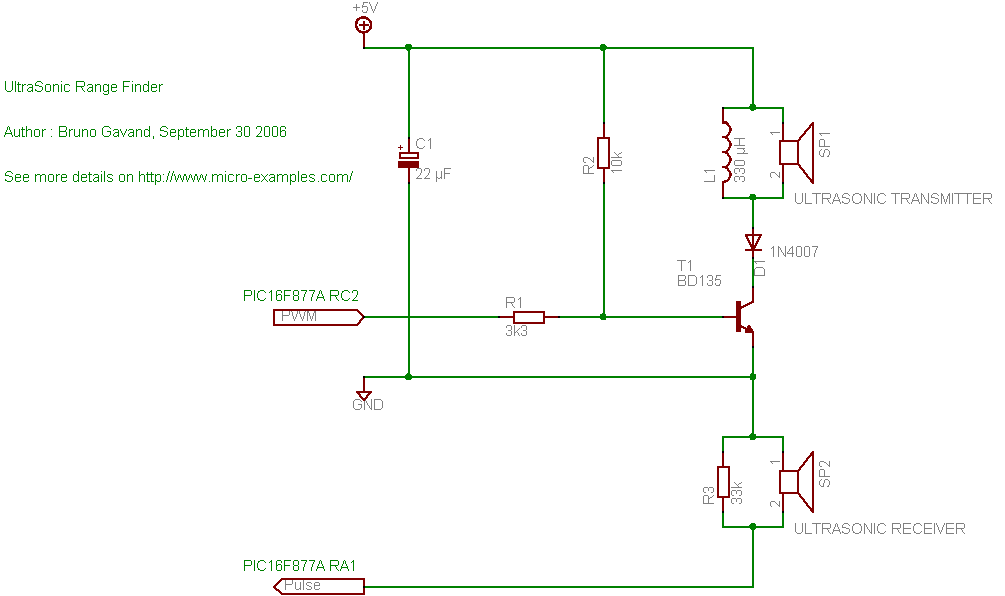
A cat deterrent system utilizing an Arduino, similar to existing models. Detection has been successfully implemented, and it has been determined that an ultrasonic transducer is required to generate the necessary deterrent sound.
The proposed cat deterrent system employs an Arduino microcontroller to manage the operation and functionality of the device. The core of the system involves detecting the presence of cats using sensors, which could include passive infrared (PIR) sensors or ultrasonic distance sensors. Once a cat is detected, the Arduino triggers an ultrasonic transducer to emit a high-frequency sound that is unpleasant to cats but generally inaudible to humans.
The ultrasonic transducer, typically operating at frequencies ranging from 20 kHz to 40 kHz, produces the sound waves that deter the cats from entering a designated area. The selection of the transducer must consider factors such as the effective range and sound pressure level to ensure adequate coverage of the intended area.
Power for the system can be supplied through a standard AC to DC power adapter or batteries, depending on the desired portability and installation requirements. The schematic would include connections for the power supply, the Arduino, the sensors, and the ultrasonic transducer.
The Arduino can be programmed to adjust the frequency and duration of the ultrasonic sound based on the distance of the detected cat, allowing for a more tailored deterrent effect. Additional features such as LED indicators or a manual activation switch can also be integrated into the design for enhanced usability.
In summary, the cat deterrent system combines detection technology with ultrasonic sound generation, all controlled by an Arduino, to create an effective solution for keeping cats away from specific areas.A cat deterrent with an Arduino, something akin to this. I have figured out detection, and now realize that I need to use an ultrasonic transducer to produce the `blast` that I need. 🔗 External reference
The proposed cat deterrent system employs an Arduino microcontroller to manage the operation and functionality of the device. The core of the system involves detecting the presence of cats using sensors, which could include passive infrared (PIR) sensors or ultrasonic distance sensors. Once a cat is detected, the Arduino triggers an ultrasonic transducer to emit a high-frequency sound that is unpleasant to cats but generally inaudible to humans.
The ultrasonic transducer, typically operating at frequencies ranging from 20 kHz to 40 kHz, produces the sound waves that deter the cats from entering a designated area. The selection of the transducer must consider factors such as the effective range and sound pressure level to ensure adequate coverage of the intended area.
Power for the system can be supplied through a standard AC to DC power adapter or batteries, depending on the desired portability and installation requirements. The schematic would include connections for the power supply, the Arduino, the sensors, and the ultrasonic transducer.
The Arduino can be programmed to adjust the frequency and duration of the ultrasonic sound based on the distance of the detected cat, allowing for a more tailored deterrent effect. Additional features such as LED indicators or a manual activation switch can also be integrated into the design for enhanced usability.
In summary, the cat deterrent system combines detection technology with ultrasonic sound generation, all controlled by an Arduino, to create an effective solution for keeping cats away from specific areas.A cat deterrent with an Arduino, something akin to this. I have figured out detection, and now realize that I need to use an ultrasonic transducer to produce the `blast` that I need. 🔗 External reference
